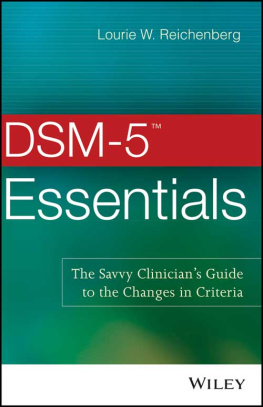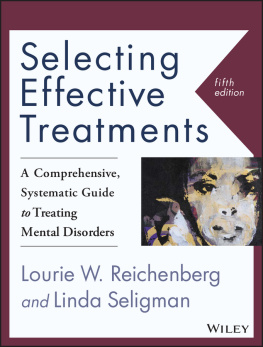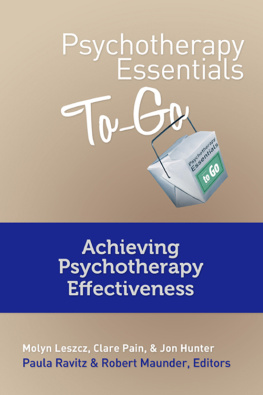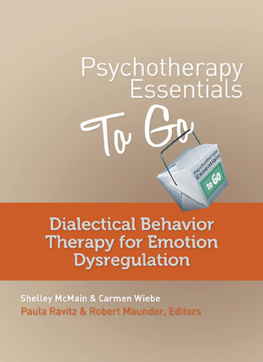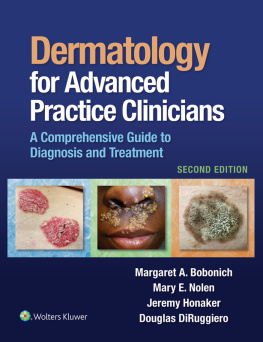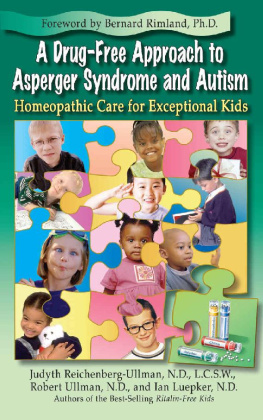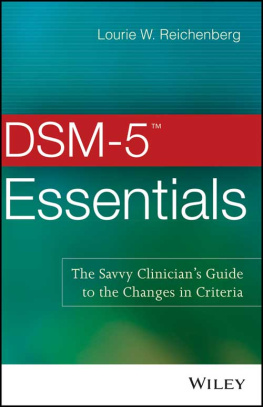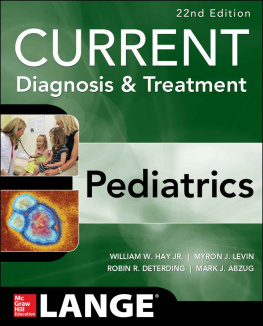Cover image and design: David Riedy
This book is printed on acid-free paper. 
Copyright 2014 by John Wiley & Sons, Inc. All rights reserved.
Published by John Wiley & Sons, Inc., Hoboken, New Jersey.
Published simultaneously in Canada.
No part of this publication may be reproduced, stored in a retrieval system, or transmitted in any form or by any means, electronic, mechanical, photocopying, recording, scanning, or otherwise, except as permitted under Section 107 or 108 of the 1976 United States Copyright Act, without either the prior written permission of the Publisher, or authorization through payment of the appropriate per-copy fee to the Copyright Clearance Center, 222 Rosewood Drive, Danvers, MA 01923, (978) 750-8400, fax (978) 646-8600, or on the web at www.copyright.com . Requests to the Publisher for permission should be addressed to the Permissions Department, John Wiley & Sons, Inc., 111 River Street, Hoboken, NJ 07030, (201) 748-6011, fax (201) 748-6008, or online at www.wiley.com/go/permissions .
Limit of Liability/Disclaimer of Warranty: While the publisher and author have used their best efforts in preparing this book, they make no representations or warranties with the respect to the accuracy or completeness of the contents of this book and specifically disclaim any implied warranties of merchantability or fitness for a particular purpose. No warranty may be created or extended by sales representatives or written sales materials. The advice and strategies contained herein may not be suitable for your situation. You should consult with a professional where appropriate. Neither the publisher nor the author shall be liable for damages arising herefrom.
For general information about our other products and services, please contact our Customer Care Department within the United States at (800) 762-2974, outside the United States at (317) 572-3993 or fax (317) 572-4002.
Wiley publishes in a variety of print and electronic formats and by print-on-demand. Some material included with standard print versions of this book may not be included in e-books or in print-on-demand. If this book refers to media such as a CD or DVD that is not included in the version you purchased, you may download this material at http://booksupport.wiley.com . For more information about Wiley products, visit www.wiley.com .
ISBN: 978-1-118-84608-7 (paper)
ISBN: 978-1-118-84609-4 (ebk)
ISBN: 978-1-118-84613-1 (ebk)
PREFACE
In writing this book on DSM-5 Essentials , I set out to serve three purposes:
1. To inform readers about the changes from DSM-IV to DSM-5 in an organized and concise manner so they could carry on the important work they do with clients, students, and colleagues without undue disruption.
2. To provide background material, criteria, and limited treatment recommendations for new disorders that are making their debut in DSM-5 .
3. To provide, whenever possible, a list of ICD-9-CM (clinical modification) and ICD-10-CM codes with the intention of simplifying the billing process and providing a handy all-in-one tool.
This book, then, serves as a supplement to DSM-5 and ICD-9 and ICD-10 .
Introductory material provides the history of the International Classification of Disorders . It is included because the DSM and the ICD are classification systems that continue to merge and change at their own pace over time. I found it important to understand the distinctions between them, their strengths and weaknesses, and why we need both. Some readers may choose to skip that part and go directly to Chapter 1 and a discussion of the DSM-5 disorders. Similarly, many readers will not be interested in coding. They can easily skip over the lists of codes at the beginning of each category.
As the coauthor of Selecting Effective Treatment: A Comprehensive Systematic Guide to Treating Mental Disorders, with DSM-5 Update , now in its fourth edition, my long-term interest is in advancing the best evidence-based treatments for specific diagnoses. Although that is not the focus of this book, I hope that readers will tolerate any slips on my part into discussion of treatment modalities, especially as it applies to the new DSM-5 diagnoses. Readers who are interested will find a wealth of such information in the aforementioned book.
I would like to acknowledge Dr. Gary Gintner, University of Mississippi and past president of the American Mental Health Counselors Association, for his generous and helpful recommendations. He read a version of this text and provided detailed suggestions for its revision.
I would also like to acknowledge the other reviewers of this manuscript, who provided concrete suggestions for improvement.
Finally, I would like to give a warm and special note of gratitude to Rachel Livsey, senior editor, and to the staff at John Wiley & Sons, who have ushered this book through the production process. Rachel has been an enthusiastic, helpful, and responsive companion on this incredibly short journey, and I am 100% certain that this book would not have been possible without her involvement.
I would also like to acknowledge the following reviewers for their thoughtful comments and feedback: Shana Averbach, LMFT, private practice and RAMS, Inc., San Francisco, CA; Jay Noricks, PhD, private practice, Las Vegas, NV; Jodi Bassett, LCSW, High Focus Centers, Paramus, NJ; Lori Puterbaugh, PhD, LMHC, LMFT, NCC, Troy University; St. Petersburg College, Seminole, FL; Pat Giordano, LPC, NCC, ACS, Director of Home-Based Services at Bridges, Member-at-Large for the Connecticut Counseling Association, Adjunct Professor at Southern Connecticut State University, Hamden, CT; Carol Kerr, PhD, Licensed Psychologist, Chief Psychologist, APA-accredited Pre-Doctoral Psychology Internship, Graduate Clinical Training Program, Marin County Health and Human Services, Division of Mental Health and Substance Use Services, Greenbrae, CA; John Arden, PhD, Kaiser Permanente, Petaluma, CA; Faith Drew, PhD, LMFT, CEAP, marriage and family therapist, Charlotte, NC; and Naomi Angoff Chedd, MA, LMHC, BCBA, child and family therapist in private practice, Lexington and Brookline, MA.
HOW TO USE THIS BOOK
Readers have told us they want a quick and easy way to get up-to-speed on the recent changes to the two main classification systems they use for diagnosis and coding of mental health disorders:
1. The Diagnostic and Statistical Manual of Mental Disorders , 5th edition ( DSM-5 ), published by the American Psychiatric Association
2. The International Classification of Diseases ( ICD ), published by the World Health Organization
The publication of the fifth edition of the Diagnostic and Statistical Manual of Mental Disorders ( DSM-5 ) by the American Psychiatric Association in May 2013 changed the diagnostic criteria for many disorders, created some new disorders (e.g., hoarding, binge eating disorder, skin excoriation), and removed a few disorders from the DSM . It is not surprising if clinicians are confused! The goal of this book is to highlight these changes, no matter how small, in a logical and systematic manner so that readers can easily make the transition from DSM-IV to the new DSM-5 .
For each diagnosis, the reader will be alerted to any changes from DSM-IV to DSM-5 , given information on the implications of these changes for diagnosis and assessment, and advised as to how these changes may affect treatment. When additional information is necessary for further clarification, the specific pages in DSM-5 are provided so that readers can find the exact information needed to make an accurate diagnosis.

